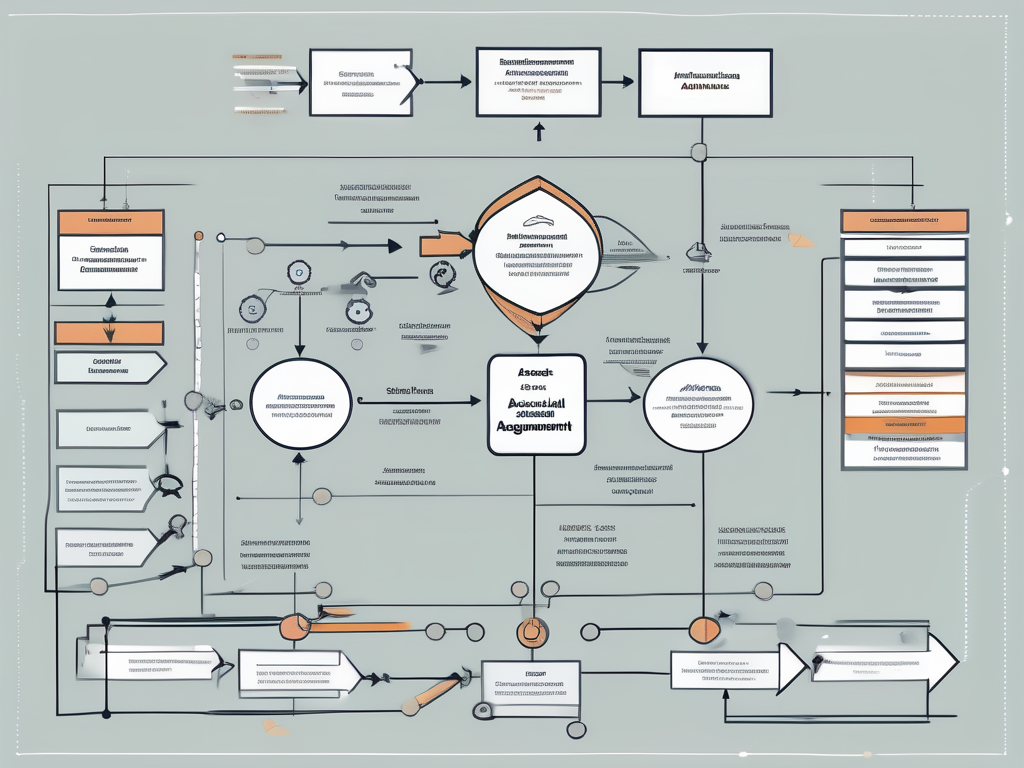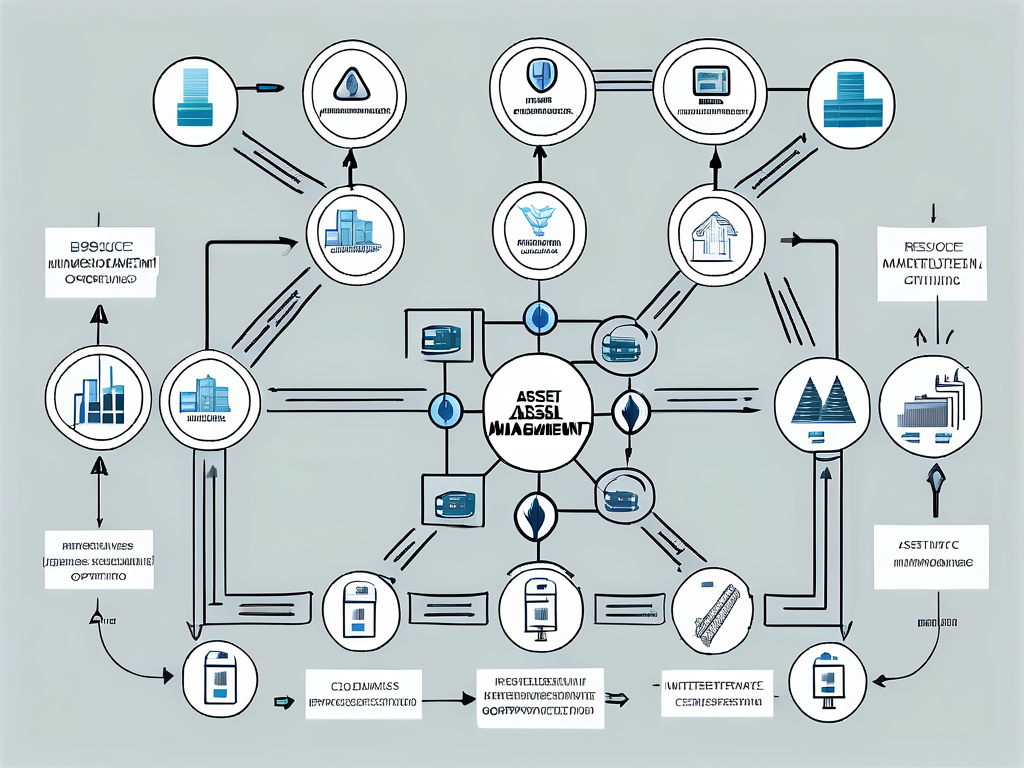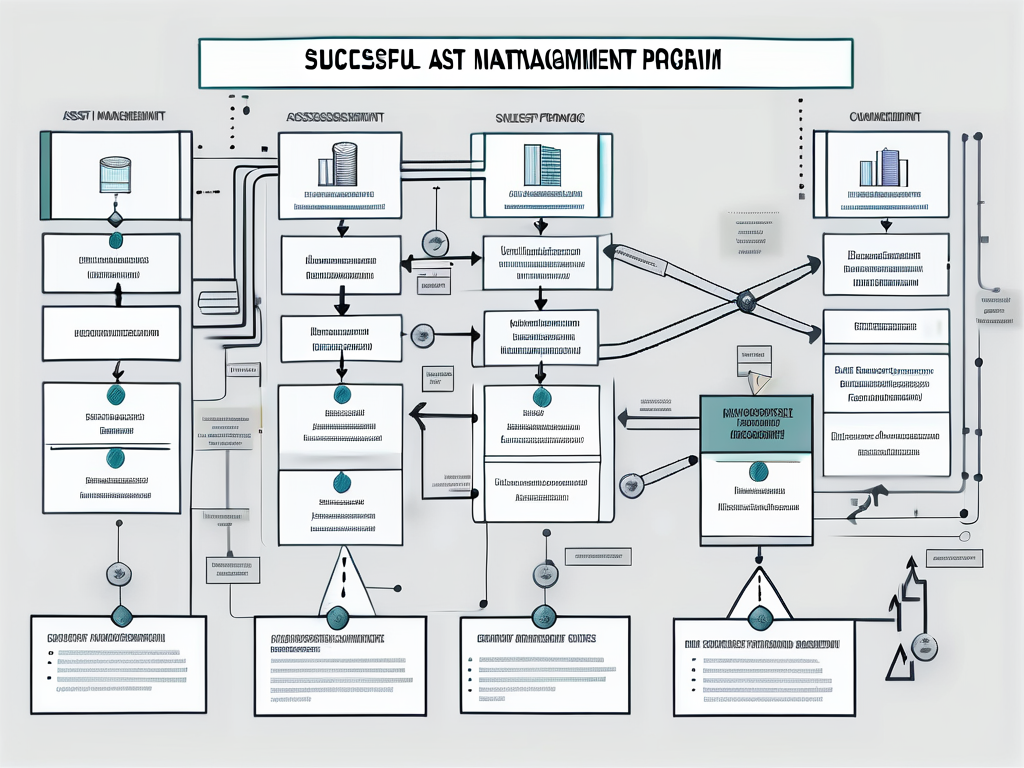
"How to Implement a Successful Asset Management Program in Your Utility"
In the world of utilities, effective asset management is not just a luxury, but a necessity. With the right asset management program, utilities can optimize their operations, reduce costs, and improve service delivery. But how do you implement a successful asset management program? The answer lies in a systematic and strategic approach that combines technology, processes, and people.
The Importance of Asset Management in Utilities
Asset management is a critical function in utilities. It involves the systematic and coordinated activities and practices through which an organization optimally and sustainably manages its assets and asset systems. The goal is to achieve its organizational strategic plan. In the context of utilities, assets can include everything from physical infrastructure, such as pipelines and power lines, to human resources and software systems.

Effective asset management can lead to significant benefits for utilities. These include improved decision-making, increased operational efficiency, enhanced customer service, and reduced risks. By understanding the condition and performance of their assets, utilities can make better decisions about maintenance, replacement, and investment strategies. This can lead to cost savings and improved service reliability.
Steps to Implement a Successful Asset Management Program
1. Understand Your Assets
The first step in implementing a successful asset management program is to understand your assets. This involves creating an asset inventory and assessing the condition and performance of each asset. The asset inventory should include information such as the type of asset, its location, its age, its condition, and its importance to the utility's operations.
Understanding your assets also involves assessing the risks associated with each asset. This includes the likelihood of failure and the consequences of failure. By understanding the risks associated with each asset, you can prioritize your asset management activities and focus on the assets that are most critical to your operations.
2. Develop an Asset Management Plan
Once you understand your assets, the next step is to develop an asset management plan. This is a strategic document that outlines how the organization will manage its assets to achieve its organizational objectives. The plan should include strategies for maintaining, replacing, and investing in assets. It should also include performance measures to track the effectiveness of the asset management program.
Developing an asset management plan requires input from various stakeholders, including management, operations staff, and customers. It also requires a thorough understanding of the utility's strategic objectives and the resources available for asset management.
3. Implement the Asset Management Plan
Implementing the asset management plan involves putting the strategies and processes outlined in the plan into action. This includes carrying out maintenance activities, replacing assets as needed, and investing in new assets. It also involves monitoring the performance of the assets and the effectiveness of the asset management program.
Implementing the asset management plan requires strong leadership and commitment from all levels of the organization. It also requires effective communication and coordination among various departments and teams.
Key Elements of a Successful Asset Management Program
Technology
Technology plays a crucial role in a successful asset management program. Asset management software can help utilities manage their asset inventory, assess the condition and performance of their assets, prioritize their asset management activities, and track the effectiveness of their asset management program.

Emerging technologies, such as the Internet of Things (IoT) and artificial intelligence (AI), can also enhance asset management. For example, IoT devices can collect real-time data on asset performance, while AI can analyze this data to predict asset failure and optimize maintenance strategies.
Processes
Effective processes are another key element of a successful asset management program. These include processes for asset inventory management, condition assessment, risk assessment, maintenance planning, and performance monitoring. These processes should be clearly defined, documented, and communicated to all relevant staff.
Continuous improvement is also important. Utilities should regularly review and update their processes to ensure they are effective and efficient. They should also seek feedback from staff and other stakeholders to identify opportunities for improvement.
People
People are the heart of any asset management program. This includes everyone from the management team, who provide leadership and strategic direction, to the operations staff, who carry out the day-to-day asset management activities.
Successful asset management requires a culture of asset management throughout the organization. This means that everyone understands the importance of asset management, their role in the asset management program, and how their actions impact the performance of the assets and the utility as a whole.
Conclusion
Implementing a successful asset management program in your utility is not a one-time event, but a continuous journey. It requires a strategic and systematic approach, a commitment from all levels of the organization, and the right combination of technology, processes, and people.
With the right asset management program, utilities can not only optimize their operations and reduce costs, but also improve service delivery and enhance customer satisfaction. So, start your asset management journey today and unlock the full potential of your assets.



